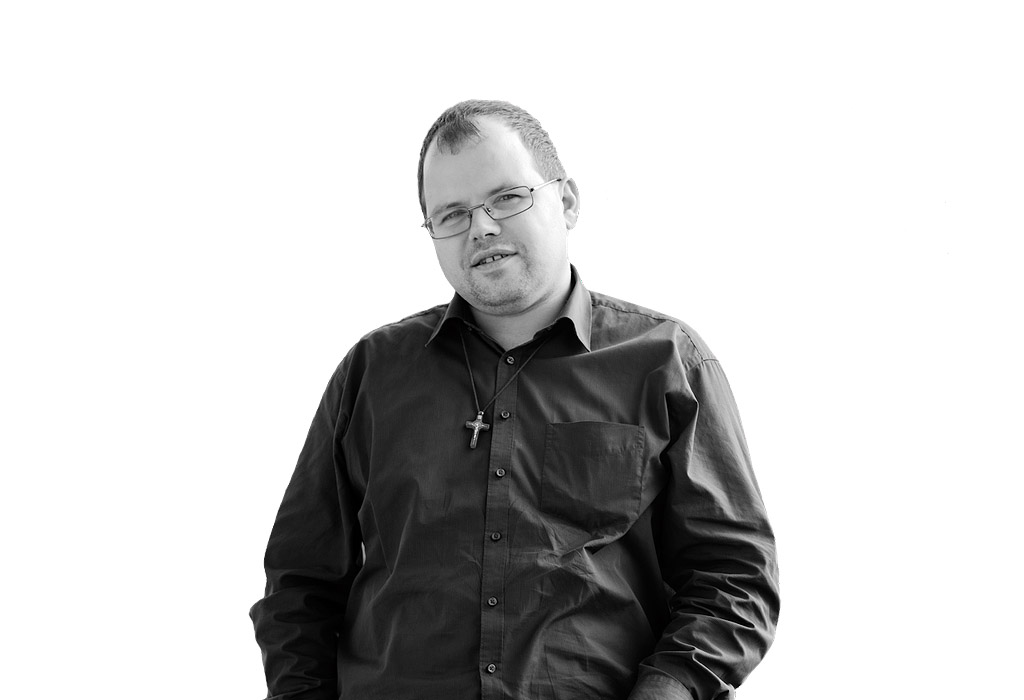By: Gašper Blažič
To hang out the national flag on a national holiday is not a legal obligation, but it is a matter of etiquette. However, this habit does not seem to be exactly strong in our country. Even on the biggest national holiday, the Statehood Day, we only see a flag here and there. Most of them will probably excuse themselves, saying that they would hang it, but they do not even own the flag. Yes, it is true that for many years after the independence it was not possible to just buy the flag over the counter. Fortunately, the situation has improved, also thanks to previous center-right governments (well, there were not many).
I will not claim that the Slovenian flag is ideal. We got the new flag and coat-of-arms at the last moment, so to speak, the day before independence, when there was already a hurry, as it seemed that we would celebrate the big holiday with the old symbols. Efforts to find new national symbols lasted for many months, after the failure to adopt a new constitution in 1990 (following the example of Croatia) failed. With all the controversy over state symbols, there was no shortage of votes from those who thought why change something that already symbolised statehood under Belgrade’s rule – because the Slovenian state is based on the OF and NOB anyway. Well, it would look damn weird if we kept the red star even when the new state was declared, and while we were bombarded by an army that used exactly the same symbol. The flag and coat-of-arms, which we received just before independence (and even on the day of the announcement, the embarrassment with the wrongly sewn flag, which was supposed to be hung, was solved by the skier Boris Strel, who brought the correctly sewn “reserve”), are therefore the result of some compromise that had to be reached quickly. Heraldic experts are still shaking their heads today, but so far no hero has been found who would dare to suggest corrections or changes to state symbols.
Of course, this does not mean that everyone has adopted this flag as their own. Many people prefer the flag with a red star, be it Slovenian or Yugoslav. Slovenian flags are almost invisible at gatherings of modern revolutionaries. Perhaps this is also the result of the Levica party’s opinion that Slovenia’s independence was merely a project of capitalism and the collapse of socialism. Given the disappointments of the last thirty years, it is no wonder that many people even applaud such bizarre fantasies. That is why representatives of the same policy prefer to celebrate holidays like today. Namely, we are talking about the Day of Uprising Against Occupation, which we inherited from the time of the SFRY, only that it was called differently at that time.
Rebellion against the occupier is in itself an act of honour. I like the name of the holiday in its own way, as it precludes any subversive sub-meanings of this holiday – it could also be used to describe an act during the YPA attack in 1991, although in recent years we have heard that the YPA was by no means an occupier, saying that it was our legitimate army that was on our territory all the time. Well, in terms of the neutrality of the uprising, modern-day subversives were very resourceful: they are now announcing a rebellion against the “internal occupier” – that is what they call the government we have now. Nice, no one has named all previous left wing governments in this way although they have really behaved in an occupying way. But in the time of these governments, the subversives were silent, for with their privileges they had virtually no reason to complain.
And as I look around the neighbourhood where I live today, I notice that more state flags hang on that day than on Statehood Day. At our home, the flag has been hanging all the time, at least for the last year. However, we took it off last night and put it away for two days. This symbolic gesture is in fact a silent protest against the abuse of today’s day, and the uprising against the occupation in general. On April 27th, 1941, nothing happened that could be considered an act of uprising against the occupation. The day before, some prominent members of the Society of Friends of the Soviet Union (including Boris Kidrič) met in Vidmar’s villa, and were only able to declare a revolt against the opponents of the alliance between the Soviet Union and Nazi Germany. The main act happened only two weeks later, when three TIGR members clashed with the Italians on Mala gora near Ribnica. Of course, their intention was betrayed and the fight ended quite tragically for the trio. The official version of history says that the TIGR members were betrayed to the Italian occupiers by a Slovene gunsmith and that the Slovene gunsmiths were the occupier’s collaborators throughout the war. However, there is nothing about the fact that this gunsmith was in fact a local communist revolutionary Filip Tekavec. And this is that bitter truth about which nothing should be known even today.
I will return the Slovenian flag to its old place on the morning of April 28th. Not before. Even though I am aware that the project of Slovenian independence was conditioned by maintaining continuity with the previous system, even though today we close our eyes to it and have before our eyes the ideal that it was a break with communism and Yugoslavia. Yes, perhaps it was for the most of Demos, but the top of the disguised ZKS thought about it differently and continued to maintain influence. But this is already a story that goes beyond this column.
Gašper Blažič is a journalist for the weekly Demokracija, a daily editor on the website demokracija.si and act. editor of the blagovest.si portal.
